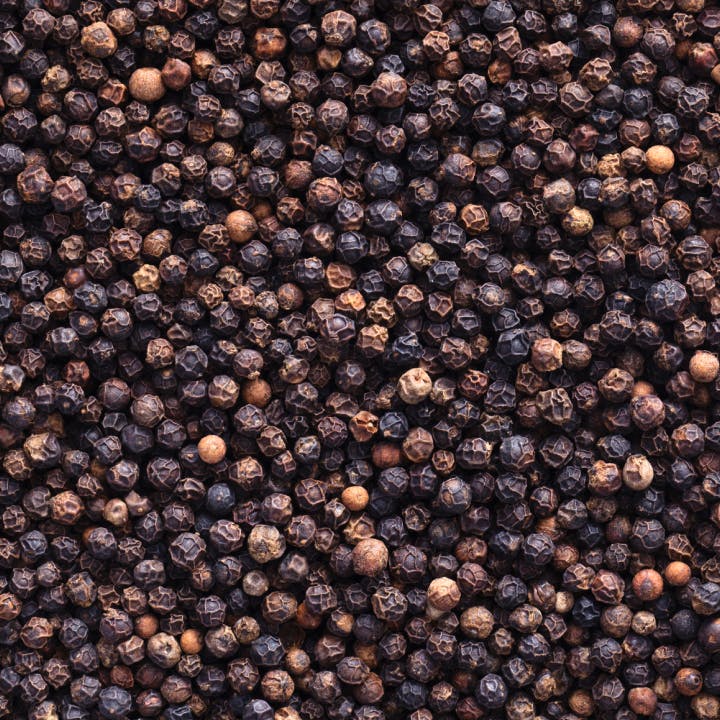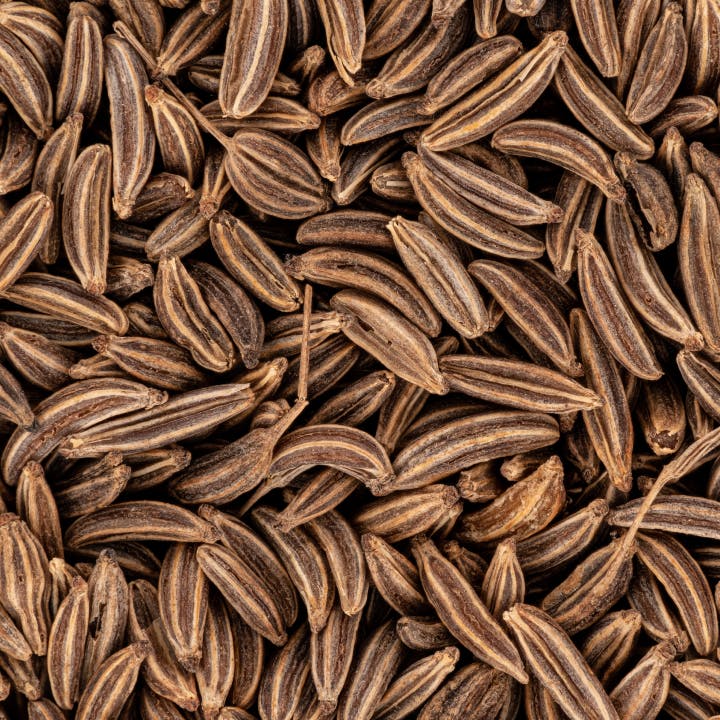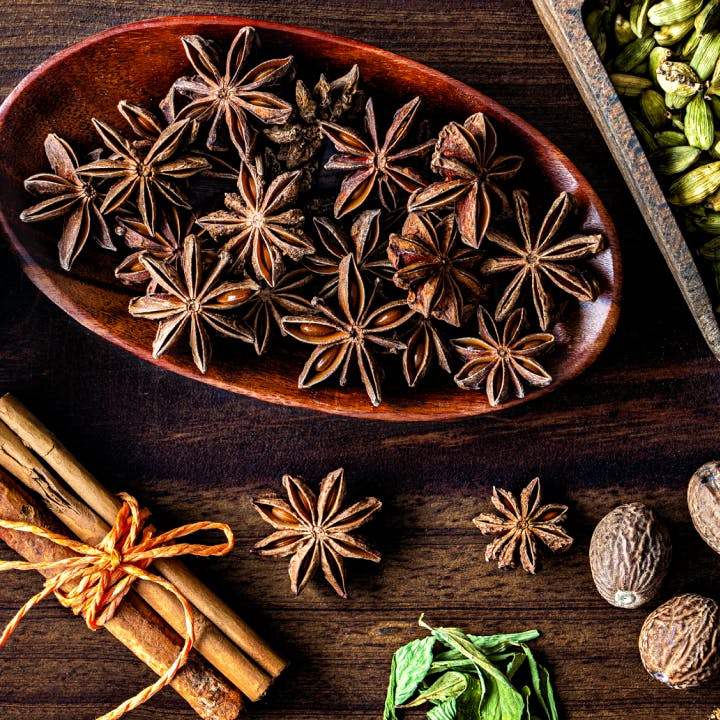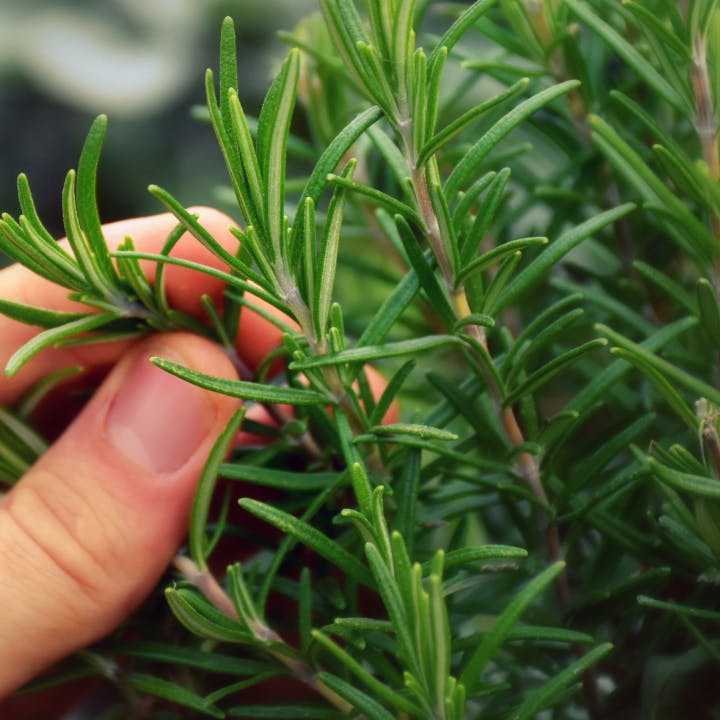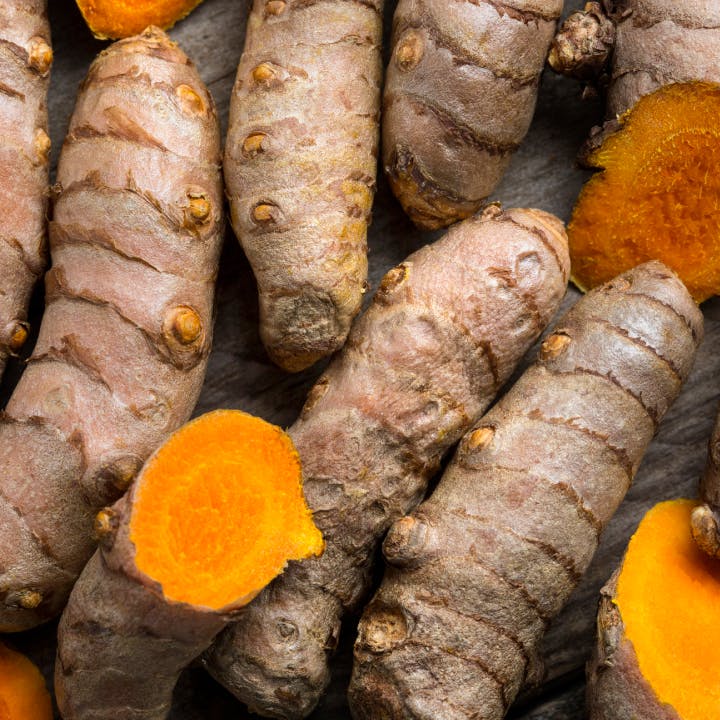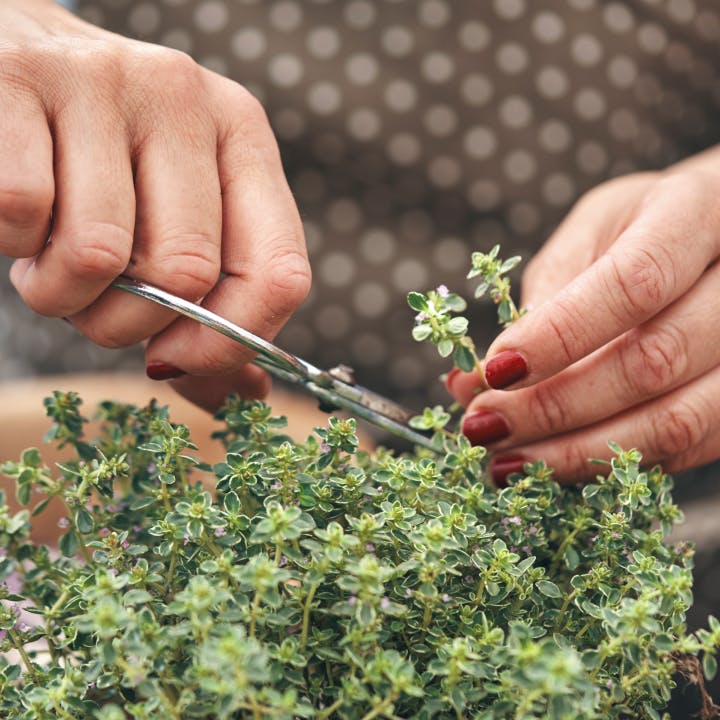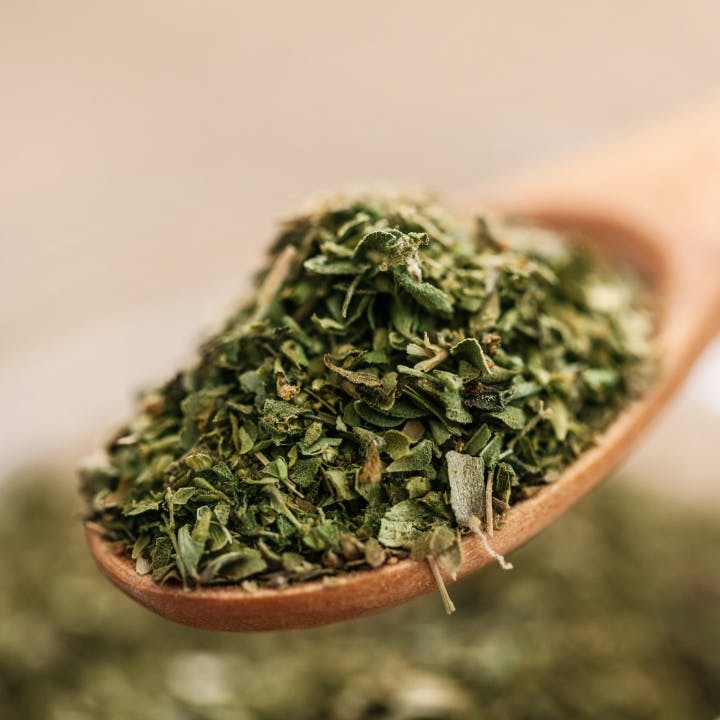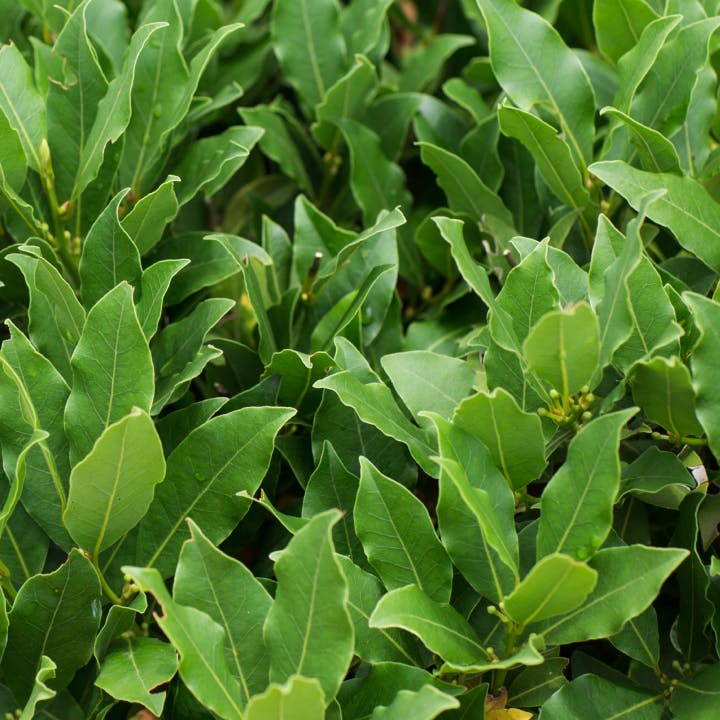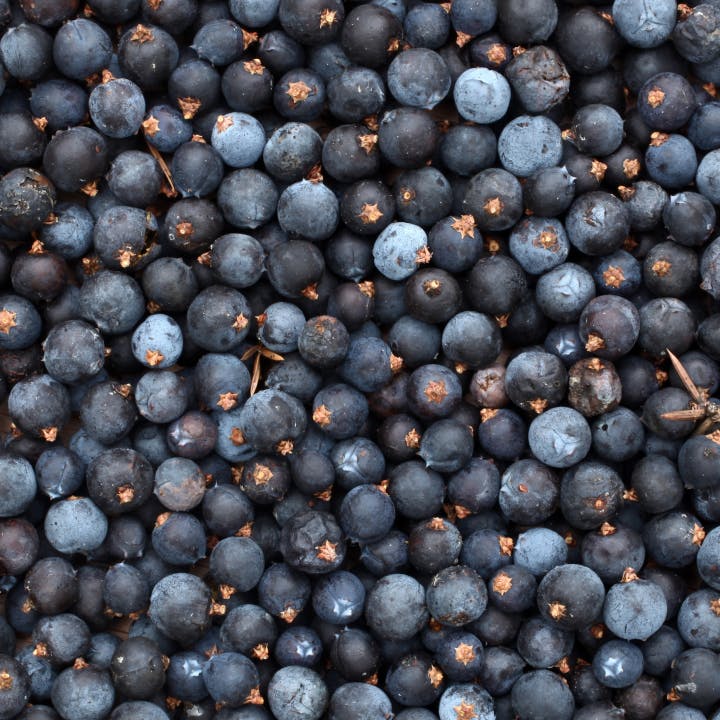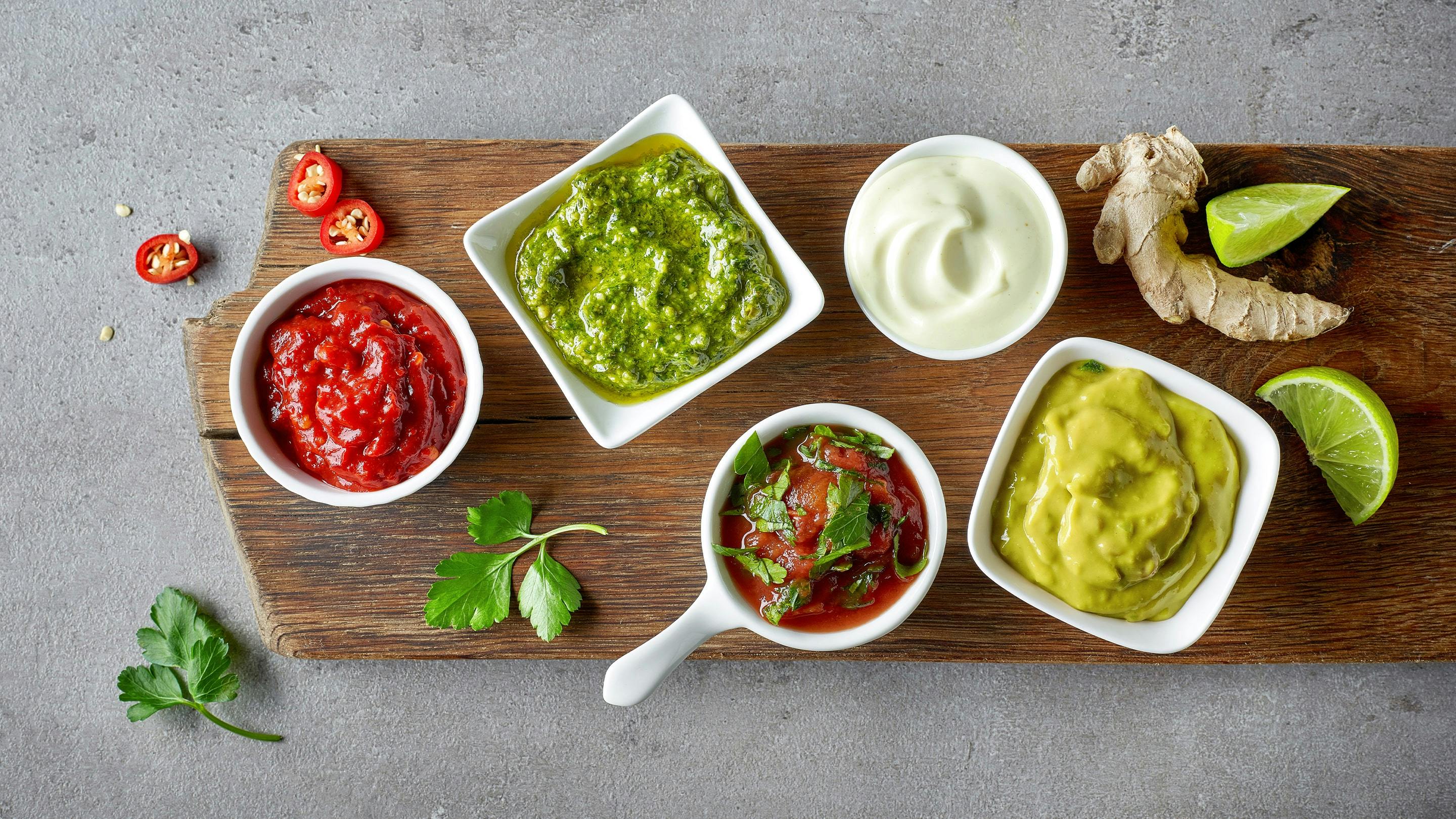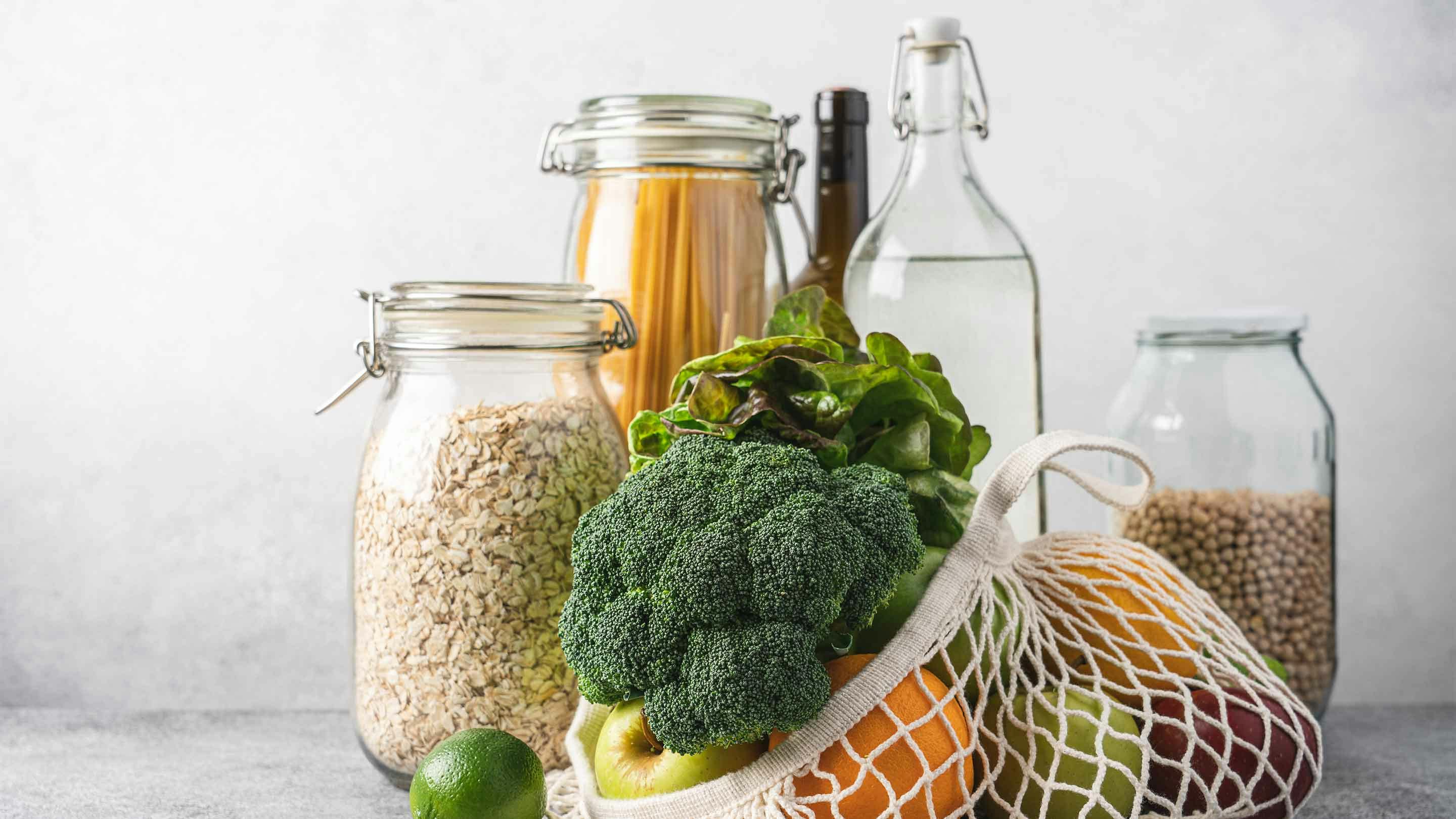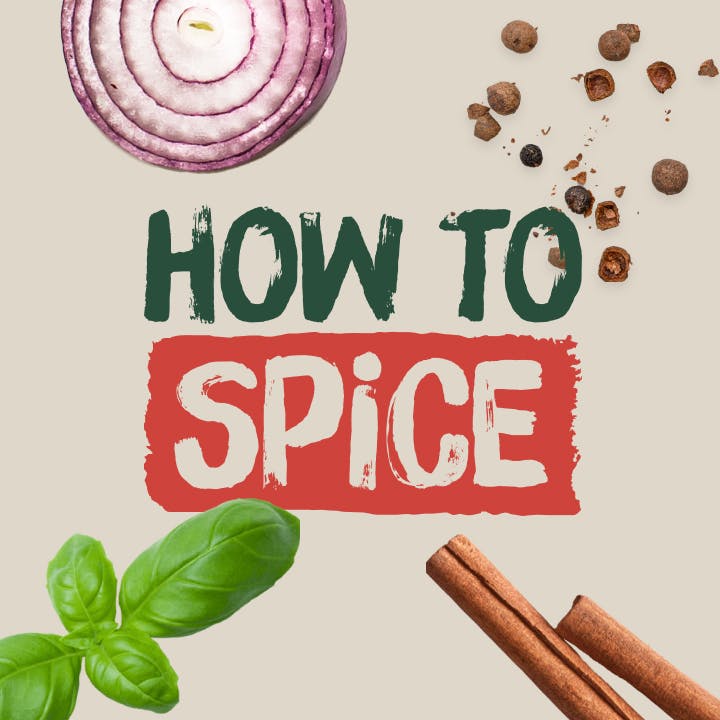
Dicover our spice hub
Sometimes you just can't get enough of spices: Learn all about how to elevate your dishes in our new knowledge base!
Intensifying the taste and thus raising the ingredients to a new level is the essence of culinary art. Many spices and herbs conceal a wealth of natural flavours that provide the big mmmmmh effect.
Hearty, feel-good cuisine requires a full-bodied, deeper flavour. This is mainly due to a good choice of excellent herbs and spices. Here you can learn more about the superstars of intensely aromatic spices and how to use them. What they all have in common: They fill the room with their fragrance, have a distinctive flavour of their own and are good for the body.
These tips are dedicated to the following spices:
- Paprika
- Allspice
- Pepper
- Garlic
- Caraway
- Rosemary
- Turmeric
- Marjoram
- Oregano
- Bay leaf
- Juniper berries
Because hearty food comes from the heart
In English, we have the term “comfort food” – and that actually sums it up quite well: food that makes you feel good. To get exactly that, you not only have to use high-quality ingredients, but also the right spices. The spices that we have gathered under the category “intensive & aromatic” are just made for this. They take us to exciting country cuisines, but are also popular in grandma’s kitchen.
General tips
Give the spices some time! Many intensely aromatic spices do best when they are allowed to simmer for a while. This gives spicy stews and braised dishes a unique flavour. However, this does not apply to all the spices mentioned here – have a look at the detailed descriptions.
Get creative. If you don’t want to reach into your drawer for individual spices in the future, mix your favourites together in a ratio that suits you and create an individual spice blend for your recipe.
Dose carefully. All spices in this category have a strong flavour of their own. Therefore, we recommend an individual approach when it comes to dosage.
Paprika
Paprika is the absolute favourite spice in many European countries. In Austria, there’s the term “paprizieren”, which simply translates to adding paprika spice to a dish. Strictly speaking, the spice comes from South America and was once offered as an alternative to pepper. The rule of thumb for paprika powder is: the redder, the higher the quality.
The flavour and colouring of paprika powder are best released by roasting it very briefly in hot oil. But beware: the high sugar content makes paprika burn quickly and become bitter. Therefore, remove from heat quickly, add more water or quench with a dash of vinegar!
It is pretty hard to season at the table when it comes to paprika, so keep that in mind.
Pepper
Pepper, along with salt, is one of the basic spices in our kitchens, and not just in Europe, but in the whole world.
Pepper comes in so many varieties and carries just as many character traits. The mildest is the green one, the most intense is the black one. Nevertheless, all varieties have something in common: they take time to show their strongest effect. Therefore, you can cook it for a long time.
You can either use ground pepper or freshly grind whole peppercorns for even more flavour. For example, you can grind them directly from the glass packaging in our grinder. Remember: Never grind directly into the cooking pot – you should not expose spices to steam: Our mills have a cap above the grinder, which not only makes storage easier: you should always leave the cap on the mill and “grind into” it.
Garlic
Fresh or dried, grated, minced or pressed: Garlic is a versatile natural flavour enhancer that adds depth and spice to hearty dishes.
Use fresh garlic for a more intense flavour, or dried garlic for an easier dose.
Garlic should not be fried too much as it will develop bitterness. It is best to add fresh garlic late in the cooking process so that it retains its flavour. Dried garlic tolerates a longer cooking time.
KOTÁNYI TIP: Not in the mood for garlic breath? Chopped parsley helps!
Caraway
As one of the most tried and tested spices in European cooking, caraway adds a distinctive flavour with an earthy, warm note to dishes. It is popular in sauerkraut, bread, potato dishes, classic roast pork and hearty stews.
To intensify the flavour, you should roast caraway seeds in a pan without oil before using them. When you bite into them, the moment of surprise is all the greater.
Caraway seeds can be simmered for a long time so that the dish can take on its flavour.
KOTÁNYI TIP: In many recipes, you need garlic and caraway. Chop both ingredients at the same time on the chopping board, and you will be positively surprised!
Allspice
Allspice combines the flavours of cloves, cinnamon and nutmeg and gives dishes a warm and spicy note. It originates from the Caribbean and has a distinctive flavour.
Use it in meat dishes, marinades, baked goods or even in hot drinks like mulled wine.
You can also toast the spice briefly in a pan to release its full aroma before adding it to your dishes.
KOTÁNYI TIP: Crushing whole grains before processing will make a huge difference!
Rosemary
Rosemary has an intense, characteristic aroma. The “pine woody” flavour goes well with meat dishes, potatoes, bread and sauces.
Use rosemary sprigs for roasting or grilling meat, or sprinkle dried rosemary over vegetables.
Remove the rosemary sprigs before serving, or finely chop the leaves to ensure a pleasant dining experience.
Rosemary doesn’t mix well with many spices – but it harmonises perfectly with garlic, thyme, lemon zest or sea salt.
KOTÁNYI TIP: Rosemary has the potential to cook for a really long time. Even long cooking times do it no harm.
Turmeric
Turmeric, the spice from the curcuma tuber, not only brings a bright colour to your dishes, but also a mildly spicy flavour that goes wonderfully with curries, rice dishes, soups or sauces.
Caution: Since turmeric is highly colouring, be careful when handling it to avoid stains. Try using gloves!
Turmeric goes best with spices like chilli, cardamom and pepper, but it also harmonises with others.
KOTÁNYI TIP: A strong pinch of turmeric adds a nice flavour and equally nice colour to egg dishes.
Thyme
Thyme has a fragrant, earthy aroma and goes well with soups, stews, meat and vegetables. It is often associated with southern French cuisine.
Allow dried thyme to develop its full potential during the cooking process. If you use whole sprigs of thyme, you can tie them together in a bouquet. Don’t forget to remove the sprigs before serving!
Dried thyme tastes much more intense than fresh – bear this in mind when preparing your dish and use it sparingly!
Marjoram
Marjoram has an intense, spicy flavour and goes well with roasts, stews and potato dishes. The dried herb has been part of both domestic and Mediterranean cuisine for generations.
Use marjoram in moderation, as its aroma can quickly dominate.
Add dried marjoram towards the end of cooking to preserve its aroma.
Oregano
You probably immediately associate oregano with pizza, but the classic also looks good in pasta, tomato dishes and salads.
Use oregano in dried or fresh form to give your dishes a spicy and aromatic note. The dried version, however, has a much more intense taste!
KOTÁNYI TIP: Add fresh oregano to your dish at the very end. Dried oregano can, however, be cooked for about 15 minutes.
Bay leaf
Bay leaves give soups, stews and braised dishes a bitter, ethereal note – no wonder the very best were once crowned with them.
Be sure to remove dried bay leaves before serving, as they are rather chewy. It’s best to put them in a tea ball before adding them to make removal easier.
Bay leaves release their flavour gradually during cooking, so add them at the beginning.
KOTÁNYI TIP: Bay leaves go well with rice and dairy products. How about a cosy little nightcap? Steep one or two bay leaves in milk sweetened with honey!
Juniper berries
Juniper berries are the only spice that comes from a coniferous tree, have a distinctive aroma with a slightly resinous note and go well with game dishes, sauces, marinades and drinks.
Whole juniper berries add a deep spiciness to your dishes, given they have plenty of time to develop their flavour. Toast juniper berries lightly before adding them to your dishes to enhance their flavour.
Juniper berries should also be removed before serving – it is best to use them in a tea egg and add no more than six to eight berries at a time.
Spice up the web! Share this article on...
Read more
Currently Viewing: 1 of



